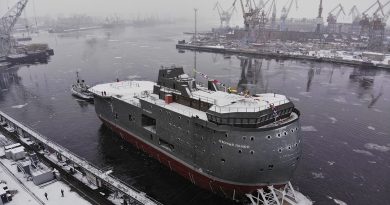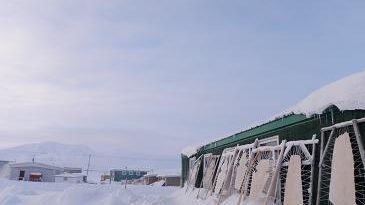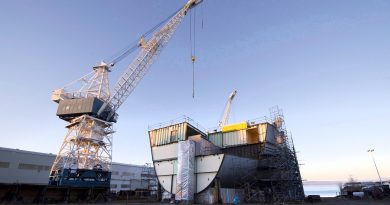Blog – Monchegorsk, Russia: a mining town with green aspirations
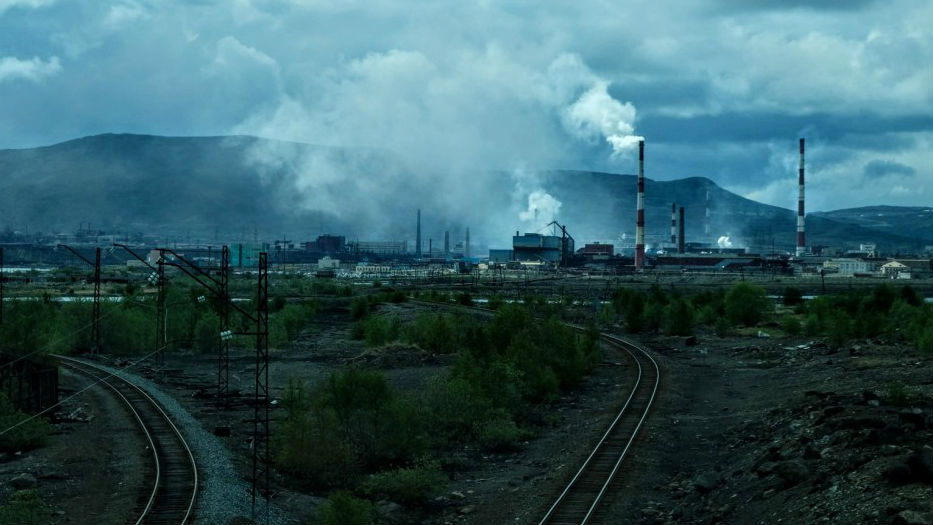
Murmansk, the largest city in the entire Arctic, is having a makeover.
At the restaurant on the top floor of the Azimut Hotel overlooking the central square, it’s impossible to get past the doorman while wearing your coat (I speak from experience). The kitchen serves artfully plated steak and fish entrees while customers enjoy the 360-degree view, which is monotonous in nearly every direction, of nine-story apartment buildings built during the Soviet era. Vertigo and cognitive dissonance may result from dining in this hip restaurant located on Prospekt Lenin, who would surely be rolling in his grave.
The “Soviet Hero City” is enjoying a resurgence thanks to not only newfound interest in the Northern Sea Route, but also the continued degradation of its forested hinterlands. The earliest mining activities in northwest Russia date to the mid-eighteenth century, which is actually quite a bit later than in neighboring Sweden, Norway, and Finland (source). As early as the second century AD, people in northern Sweden were producing a form of iron called “sponge iron.” In the next millennium, the Vikings would became talented enough at iron smelting to forge their infamous swords. Russia eventually caught up to its neighbors to the west, with the Soviets fueling the region’s massive upswing in mineral production during the twentieth century.
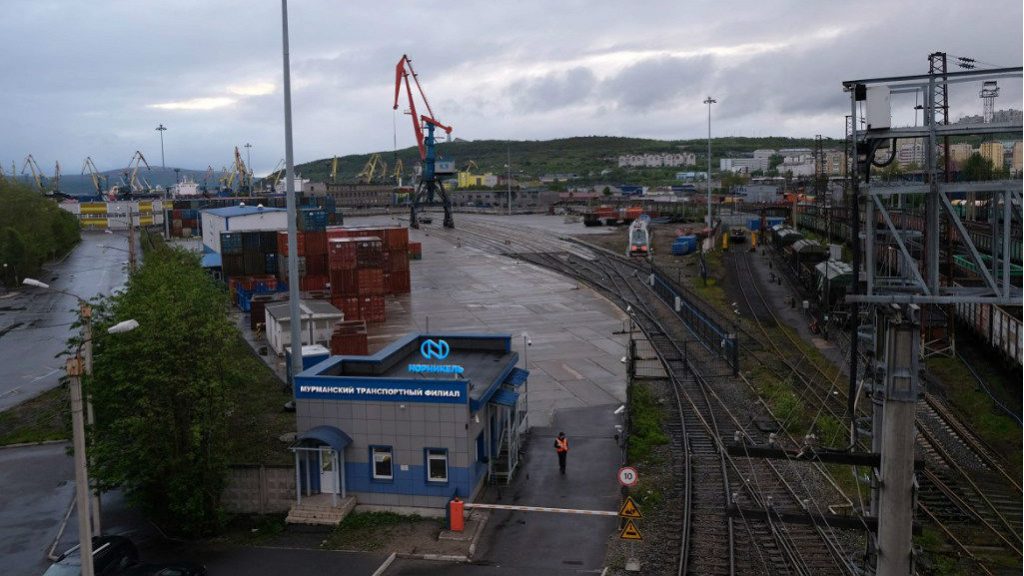
How the Northern Sea Route affects Northwestern Russia
Today in the port of Murmansk, trains deliver heaps of black coal to ships waiting to venture out onto the Northern Sea Route. The Russian government is hard at work rebranding the city as the western terminus of the Arctic shipping corridor meant to connect Europe and Asia. The globalization of this maritime passage, which is quickly losing its ice cover as climate change accelerates, contrasts with the Soviet era, when the Northern Sea Route was closed to international shipping. Now, Russia is gladly welcoming Chinese investment in projects like the Yamal Liquefied Natural Gas plant and the Belkonur railway in Arkhangelsk.
As seductive talk of a new Polar Silk Road to China envelops Murmansk, however, it’s worth remembering the devastating environmental toll that both industrialization and failed promises of development have taken on the Kola Peninsula. If mining exports out of Murmansk by sea and rail increase, this will only be because mines, smelters, and refineries within the region are ramping up production.
During the Calotte Academy, the week-long traveling symposium in which I participated at the beginning of June, we passed through the Russian mining towns of Nikel, Monchegorsk, Apatity, and Kirovsk. We didn’t have a lot of time to interact with locals in any of the towns, which would have provided more insight into how they view the consequences of mining on their health, livelihoods, and environment. Yet our brief windows in each place still gave us enough time to witness the shocking amount of debris, ruins, and waste littering the landscape. These scenes were completely alien to our experiences in well-tended Scandinavia, where even the mines look manicured.
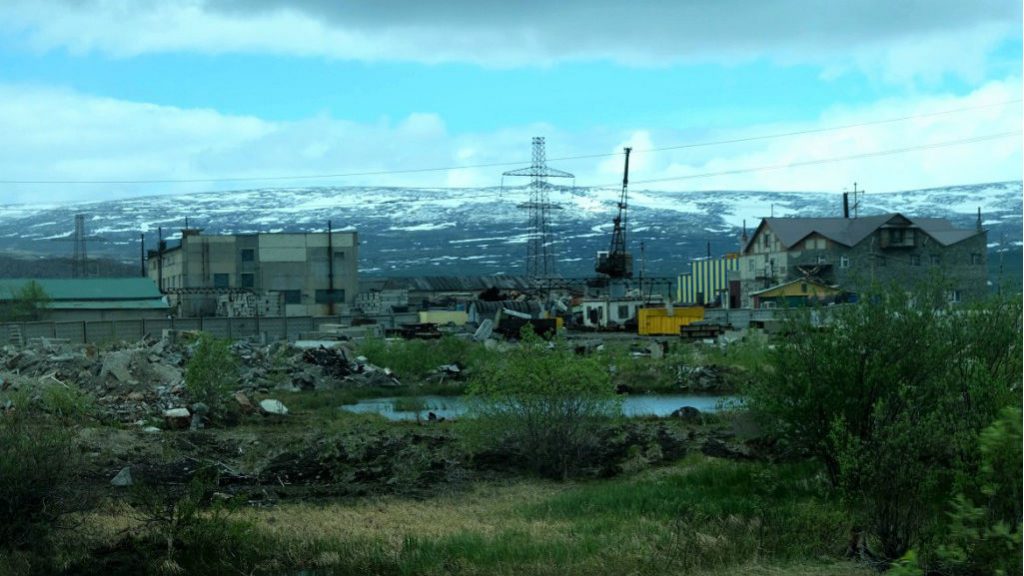
In a previous post, I briefly wrote about the nickel mining town of Nikel – a place that looks like the moon after it’s been set on fire. The remainder of this post will focus on the copper and nickel mining town of Monchegorsk, to Murmansk’s south. The next and final post in this series will explore the twin mining towns of Apatity and Kirovsk, which look as if they were plucked from a post-apocalyptic movie filmed in a Norwegian fjord.
From “City of Metallurgy” to eco-city?
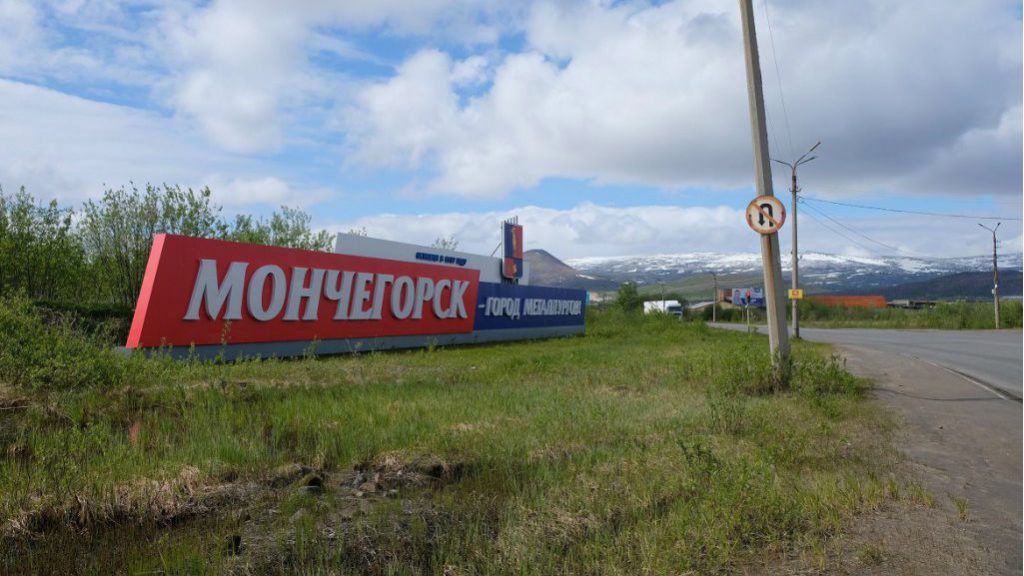
On a sunny day, Monchegorsk, “City of Metallurgy,” still seems bleak, but the economy is buzzing. Nickel and copper production have risen significantly in recent years, while the town has also taken over the dirty business of nickel refining from Norilsk, thousands of miles to its east. In quiet Monchegorsk, the tree-lined streets help to obscure the smokestacks blowing plumes of toxins unknown into the blue skies. The website of one local tourism operator asks visitors to “Acknowledge Monchegorsk not as the hell of Kola Peninsula” and appreciate the city as the region’s greenest.
Yet the leafy window dressings and local eco-park, established in 2003, cannot hide the city’s origins as a copper and nickel mining complex built on the backs of Gulag prisoners in the 1930s. A statue of Lenin presides proudly over the main square while a statue honoring miners welcomes people as they make their way into the town of 45,000. Its name supposedly comes from combining the Sami word for beautiful, “monche,” with the Russian suffix for urban areas, “-gorsk.”
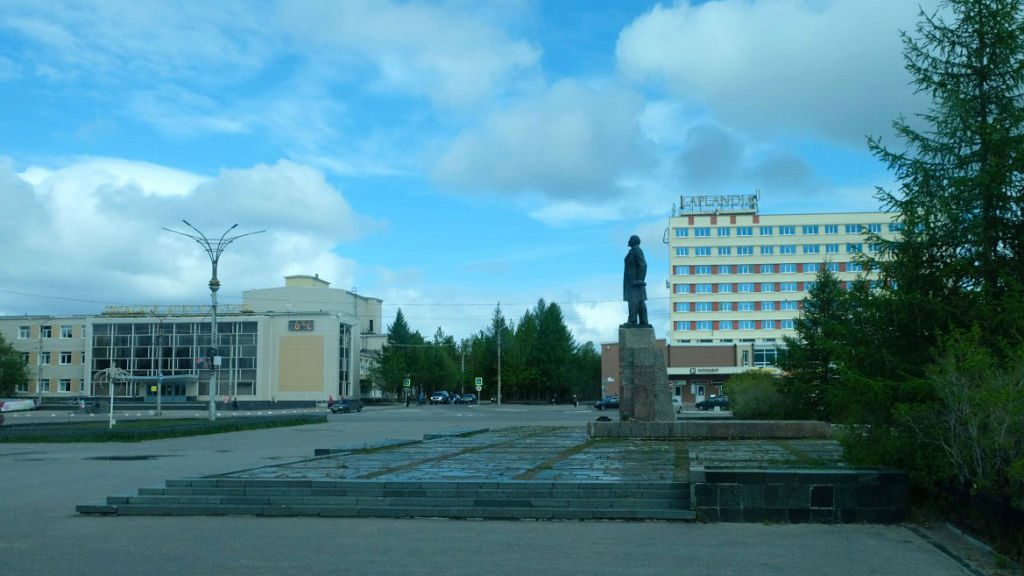
Monchegorsk possesses beautiful surroundings of snow-capped mountains and birch forests, but pollution from the still-active mining industry has leached deep into land, water, and air. It is everywhere you look, from the soil to the tree leaves to people’s bodies. Scientists have detected concentrations of nickel, copper, and iron in birch leaves that are 6-12 times higher than normal, high concentrations of metals in the topsoil, declining forest cover, and an increase in anemia in pregnant women.
The aforementioned plea to avoid thinking of the town as Dante’s inferno responds to the literally hellish narrative that surrounds Monchegorsk. It started with the suggestion by Lonely Planet that visiting the town would be like visiting “Hell on Earth,” a theme continued by a Globe and Mail article from 2003 titled “What hell is this?” For the story, Canadian journalist Mark Mackinnon interviewed individuals across the Kola Peninsula (Northwestern Russia). One resident recounted a sulfuric-laden rainstorm pockmarking his coat with holes.
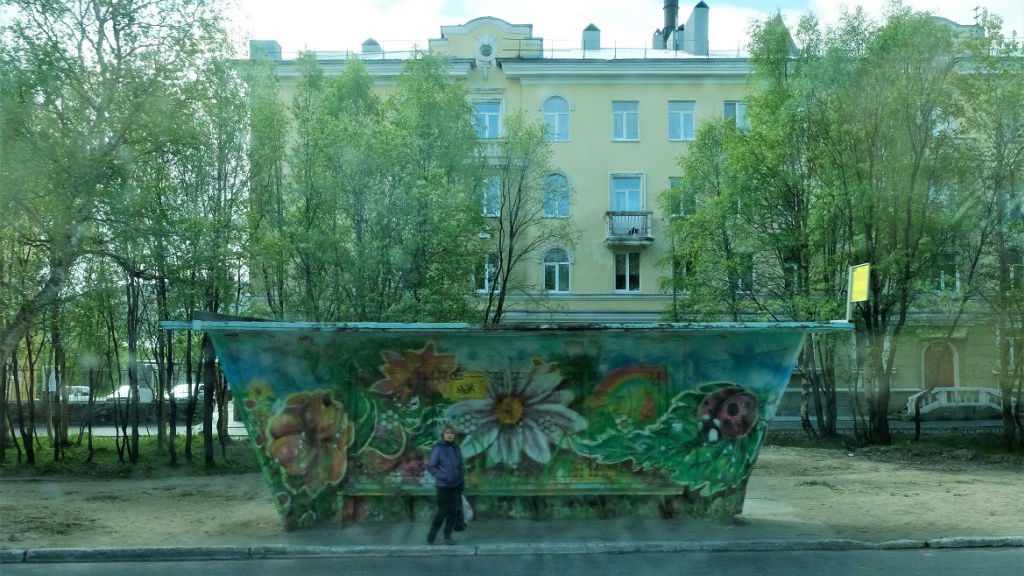
In a hopeful sign (yet one that some might take with a grain of salt), mining company Nornickel claims that sulfur dioxide emissions in Monchegorsk have dropped 60% since 1998. Since Nornickel shows few signs of slowing down – in fact, the company transferred its nickel smelting business from Norilsk, in the center of the Russian Arctic, to Monchegorsk in the winter of 2016 – one would hope that the company has put in place more stringent environmental controls.
The little town now houses the world’s largest nickel refining facility. Nornickel even opened a new terminal facility in Murmansk last year to boost internal shipping along the Northern Sea Route since it needs to get more nickel matte (the nickel product post-smelting) out of Norilsk via the Port of Dudinka to Murmansk by sea, and then on to Monchegorsk by rail, in order to refine it.
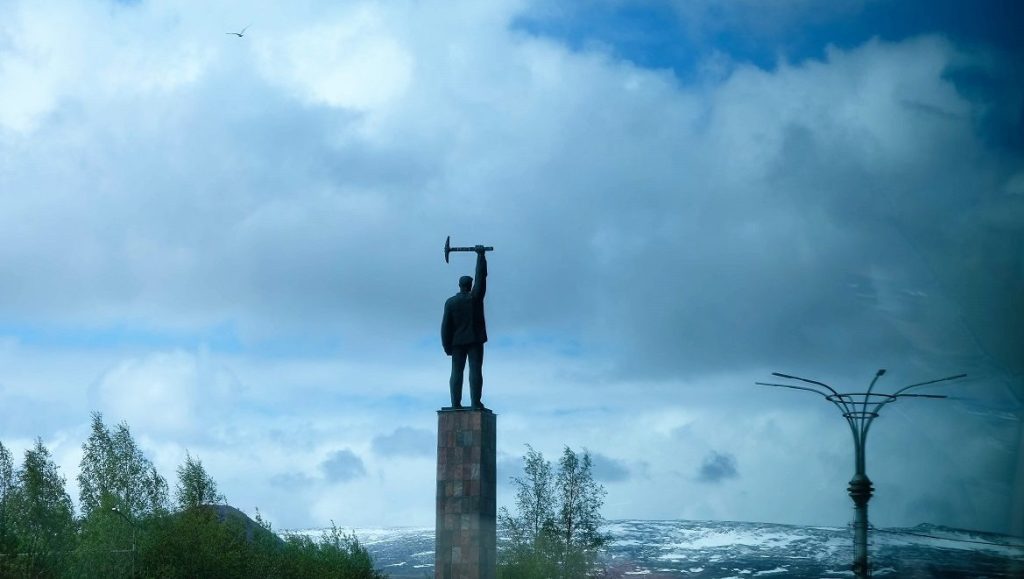
Is Monchegorsk anything like Los Angeles?
With its scorched-earth appearance and countless smokestacks drifting aimlessly into the atmosphere, Monchegorsk seems like a place that could only exist in Russia. But at a gas station across the street from the statue of the miner, I might as well have been on the side of Interstate 10 in Los Angeles. The counter was serving up fusion hot dogs like a Korean-style one with kimchi slathered on top – exactly the type of food that would attract a line of customers after a Lakers game. LA also has its fair share of industrial wasteland – after all, this is the city where Bladerunner was both set and filmed.
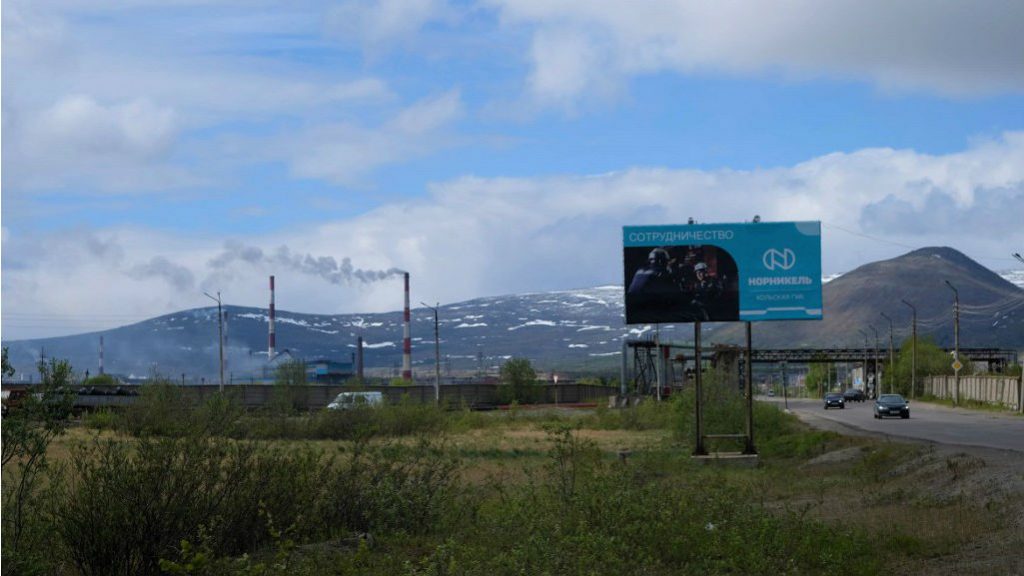
As I stood outside Monchegorsk’s gas station gazing blankly into the distance while breathing in the “fresh” air, a man drove up to my side after refueling his car. He asked me the important questions in sussing out a potential mate: where I was from, how old I was, how much money I made, and whether Russia or the U.S. was a better place to live. Now I suppose if we’d really been in California, he’d have wasted a lot more time on small talk and wining and dining. Sometimes, Russian efficiency has its merits.
This post first appeared on Cryopolitics, an Arctic News and Analysis blog.
Related stories from around the North:
Canada: Canadian mining company hopes new structure will bring financing for northern project, CBC News
China: Qingdao plays pivotal role in China’s Arctic strategy, Cryopolitics Blog
Finland: Finland’s first silver mine to start production next year, YLE News
Norway: Norway grants drilling rights closer to protected Arctic waters, The Independent Barents Observer
Russia: Walking around Murmansk under the midnight sun, Cryopolitics Blog
Sweden: Iron mine in northern Sweden to restart production, The Independent Barents Observer
United States: US Gov preparing for oil exploration in Alaska’s Arctic National Wildlife Refuge, Alaska Public Media


